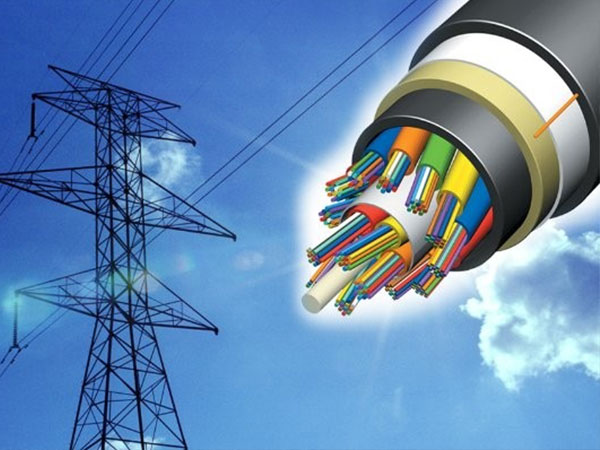
Power lines are essential for transmitting electricity from generation sources to end consumers. Two types of cables used in these systems are Optical Ground Wire (OPGW) and All-Dielectric Self-Supporting (ADSS) cables. These cables are not only crucial for electrical transmission but also play a significant role in communication networks.
Definition: OPGW is a type of cable that combines the functions of grounding and optical communication. It is installed at the top of power transmission lines.

Definition: ADSS cables are designed for installation alongside power lines without the need for conductive elements, relying on their own strength and dielectric properties.

|
Feature |
OPGW |
ADSS |
|
|
Function |
Grounding and communication |
Communication only |
|
|
Conductivity |
Conductive |
Non-conductive (all-dielectric) |
|
|
Installation |
Top of transmission towers |
Alongside power lines, self-supporting |
|
|
Mechanical Strength |
High due to metal components |
High due to strength members |
|
|
Environmental Resistance |
High |
|
|
|
Safety |
Requires careful handling near power |
Safe due to dielectric materials |
|
|
Use Case |
High-voltage lines |
Distribution networks, FTTH |
OPGW: Best suited for high-voltage transmission lines where both grounding and communication are needed. Ideal for new installations or upgrades where the integration of grounding and communication in a single cable is beneficial.
ADSS: Ideal for situations where electrical safety is a priority and communication needs to be installed alongside existing power lines without power shutdown. Suitable for distribution networks and environments with high electromagnetic interference.
In summary, both OPGW and ADSS cables serve vital roles in modern power and communication networks. The choice between them depends on specific requirements, such as the need for grounding, the installation environment, and safety considerations.